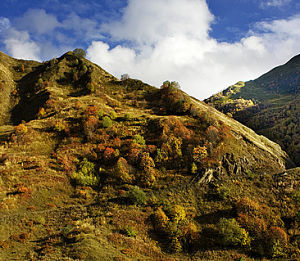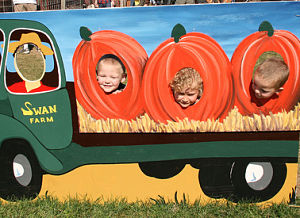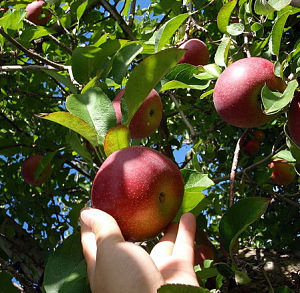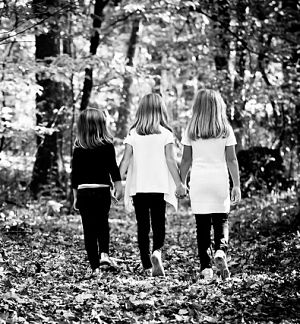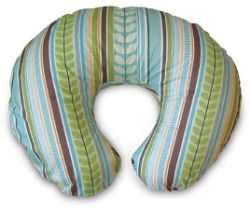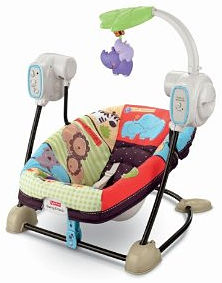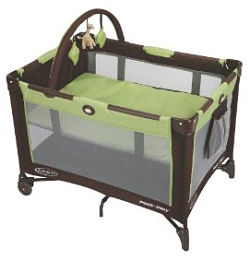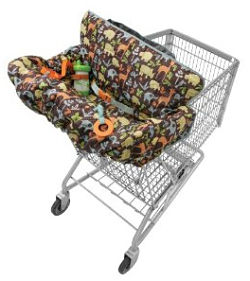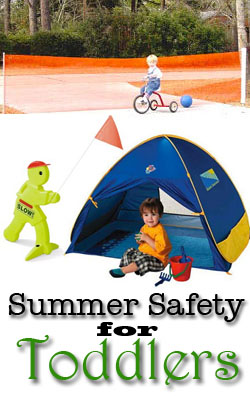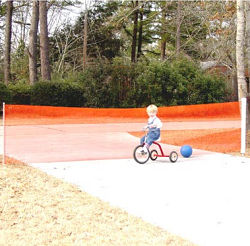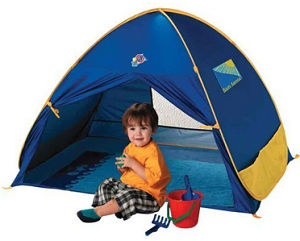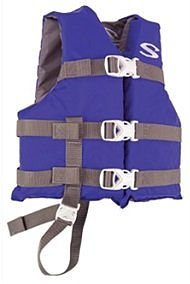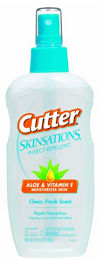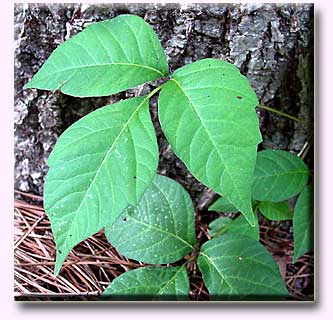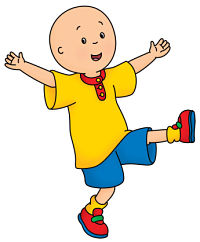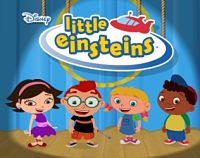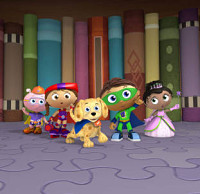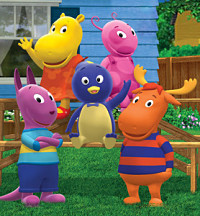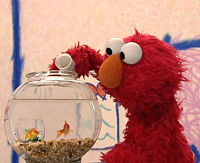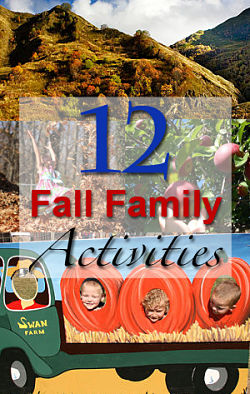 Fall is my favorite season, a time of change when the cool weather means long sleeves and regular use of the crockpot.
Fall is my favorite season, a time of change when the cool weather means long sleeves and regular use of the crockpot.
As the mosquitoes and heat of summer relent, it’s the perfect time to take your family outside for a last hurrah. Remember, winter is coming. So is cabin fever and flu season. You might as well enjoy the outdoors now while you can!
Here are twelve fall family activities to help you make the most of it.
1. Rake leaves, and then jump on them
Let’s start with the age-old classic of raking leaves — something those of us with mature trees in the backyard are going to have to do anyway — but getting the kids involved. All you need is a dry, crisp fall day, a rake, and possibly your allergy medications.
If you can persuade them to help with the raking, great. Usually that keeps their interest for about ten minutes. Before you bag them up, however, the kids will definitely be on board for jumping, burrowing, and playing in big piles of leaves.
2. Build or fill a bird feeder
Autumn brings plenty of feathery friends around. Some of them need to bulk up for the migration south, while others who stick around could use an extra meal or two. Why not fill the bird feeder and get your little ones to watch the animals it brings?
Even better, get them involved by building your own bird feeders. Here’s what you’ll need:
- Pine cones, optimally the shorter, squatter ones with big gaps in them.
- Peanut butter. Spoon a couple of tablespoons into a plastic bowl
- Bird seed or sunflower seeds
Let your little ones slather peanut butter on the pine cones, and then sprinkle them with (or roll them in) the bird seed. Tie a string to the top to fasten these to trees, bushes, or other places within easy view of the window. Sprinkle some loose seed on the ground nearby to help the birds find them. The local critters will thank you.
3. Visit the pumpkin patch
Support your local farmers by visiting a bona-fide pumpkin patch. The day your little one gets to pick out his own pumpkin (especially if it’s still on the vine) will probably be the highlight of his fall, at least outside of October 31st. Pumpkin patches usually have other fun stuff for families, like hayrides, playgrounds, and face painting.
Your child’s first visit to the pumpkin patch as a baby, and also the first visit as a self-mobile toddler, are photo-worthy moments. The fall colors and bright orange of the pumpkins really make photos pop. So make sure the bring the camera! You can save all of your family photos on sites like Shutterfly.
4. Carve pumpkins and roast pumpkin seeds
Now that you have a whole mess of pumpkins, let’s make the most of them. Carving pumpkins is one of our all-time favorite fall activities. It’s incredibly messy, but that’s part of the fun. I highly recommend buying a pumpkin carving kit, whose narrow carving saws are ideal for the job. They’re much safer to use around little kids, too.
Your job is the carving, but the sticky job of seed and gunk removal can be delegated. Your little ones might also be good at picking out designs, doing the design-poker thing, or washing the seeds.
Roasting Pumpkin Seeds
Roasted pumpkin seeds make for an easy, healthy snack. They’re very simple to make, too. Here’s my tried-and-true recipe:
- Wash the seeds thoroughly and spread them out to dry. Note, it takes hours for them to dry completely, and you have to keep spreading them around. It’s best done overnight.
- Preheat the oven to 300 degrees.
- In a large skillet, melt a few tablespoons of butter and stir in the pumpkin seeds. Add 1/2 to 1 teaspoon each of salt and garlic powder. Season salt also works well.
- Spread the seeds out on a baking tray or pizza pan.
- Bake for around 45 minutes, stirring the seeds occasionally so that they cook evenly. They’ll be dark golden brown when finished.
5. Drive for leaf peeping
Yes, this is a real thing. You pile everyone into a car and take a drive to enjoy the colors of fall. Timing is everything for this activity: you want to find a day when many of the leaves have turned, but most haven’t yet fallen. For us, it’s like a 2-week window. Everyone piles into the car, and you take a long drive along the river or up into the countryside.
Bright colors should be enough to distract the average toddler for about 2 minutes. This activity is best combined with your farm visit, apple picking, or pumpkin picking, so it’s not the only point of the journey.
You can look up the best time to go for your area online. For example, ABC News has a map of the peak leaf peeping times across the U.S. In some areas, especially the west coast, you might be in for a bit of a drive. Plan to make a whole day of it!
6. Visit a farm
A farm might not be the first place you think to visit in the fall, but there are plenty of reasons to go — fresh produce, close-up encounters with farm animals, and probably a hay ride. The newspaper is probably the best place to find these, both in advertising sections and in the entertainment / around town sections. Word of mouth is good, too. Failing that, you can always search for your city name and farm with hayride, which is a staple of most family-friendly farms.
We make an annual trip to a family-friendly place where the favorite activity is feeding baby goats (you get a baby bottle full of milk for like $1). We also visit the cows, horses, chickens, ducks, etc. It makes for some great pictures; just be sure to wash everyone’s hands afterward!
7. Go apple picking
All right, I saved one of our all-time favorite activities for number seven. This one is again a matter of timing, and perhaps a little bit of research too. There’s probably a big, commercial orchard in your area where you can go pick apples, peaches, or any sort of fruit/vegetable throughout the year. They’ll have plenty of parking, and regular hayrides out into the right orchards where you can pick red, green, or other varieties of apples. You can’t go wrong with these kinds of places, though they can be crowded.
Alternatively, it might be possible to find a small orchard or apple farm for a more rustic and intimate experience. These family-owned farms might not be able to afford the big advertising, but they’re a lot of fun. No matter where you go, be sure to bring some little bags for the kids to carry. Side note, unless you watch them, they’ll probably do most of their apple picking on the ground. Since you’re paying by the pound, you’ll probably want to go through the harvest before you leave the orchard to pay.
8. Make caramel apples
You’ll probably get home with more apples than you can possibly eat in the next month, which leads me to my next activity suggestion: making caramel apples. It sounds a lot harder than it is. All you’ll need is about 6 of your best apples, a package of those square caramel candies (14 oz), and 2 tablespoons of milk.
- Wash and dry the apples. Remove stems, too.
- Microwave the caramels and milk in a microwave-safe bowl for about 2 minutes, stirring occasionally.
- While that’s going, set up a drying/cooling tray with foil or wax paper.
- Roll the apples in the caramel dip
That’s all it takes! Now you have a tasty fall treat to help you celebrate the orchard harvest.
9. Take an outdoor hike
A hike is a great form of outdoor exercise to help your family enjoy the fall colors. Dress everyone in warm, comfortable clothes and most importantly, good walking shoes. You might also want to bring a backpack with drinks and snacks.
I’d recommend that you don’t venture too far from the car, especially since little legs have to take about two steps for every one of yours. Also, remember that every step taken away from the car is a step you have to take back. In other words, if you walk 1/2 a mile, your total hike will be 1 mile. Keep that in mind!
10. Press a leaf collection
Did you have to do the leaf collection and identification project in elementary school? I did, and it was torture, because that was the pre-internet era. Now it’s easy to identify leaves — there are even apps for your phone that can take a picture and match it to the correct tree — and so this is a fun project for kids. On which they won’t be graded (thank goodness). You can even make an art project or scrapbook out of it, since pressed leaves last a long time. Here are some other creative, crafty ideas for leaves on Pinterest:
11. Tackle the corn or haybale maze
If you live in the midwest, you’ll probably notice once of these unique attractions in early fall. Corn mazes are usually gone by late October, though, because the corn has to be harvested. Hay bale mazes are another long-lasting option, and lots of fun to enjoy with the family. You know the right-hand rule for solving a maze, right? If you don’t, now is a good time to learn it.
12. Visit the Zoo
Last but not least, I’d like to suggest the fall activity we most recently enjoyed: going to your local zoo (or, failing that, a petting zoo). Fall is a great time to visit the zoo because it’s far less crowded, the blacktop doesn’t get as hot, and many of the money-sucking displays have closed, so there’s less temptation for your little one. You might even be able to find free parking!
It’s Your Turn
It won’t be long before winter’s here, and the crummy weather forces your energetic, restless little ones inside. I hope you take advantage of some of these suggestions. What’s your family’s favorite fall activity? Please use the comments below to share it!


